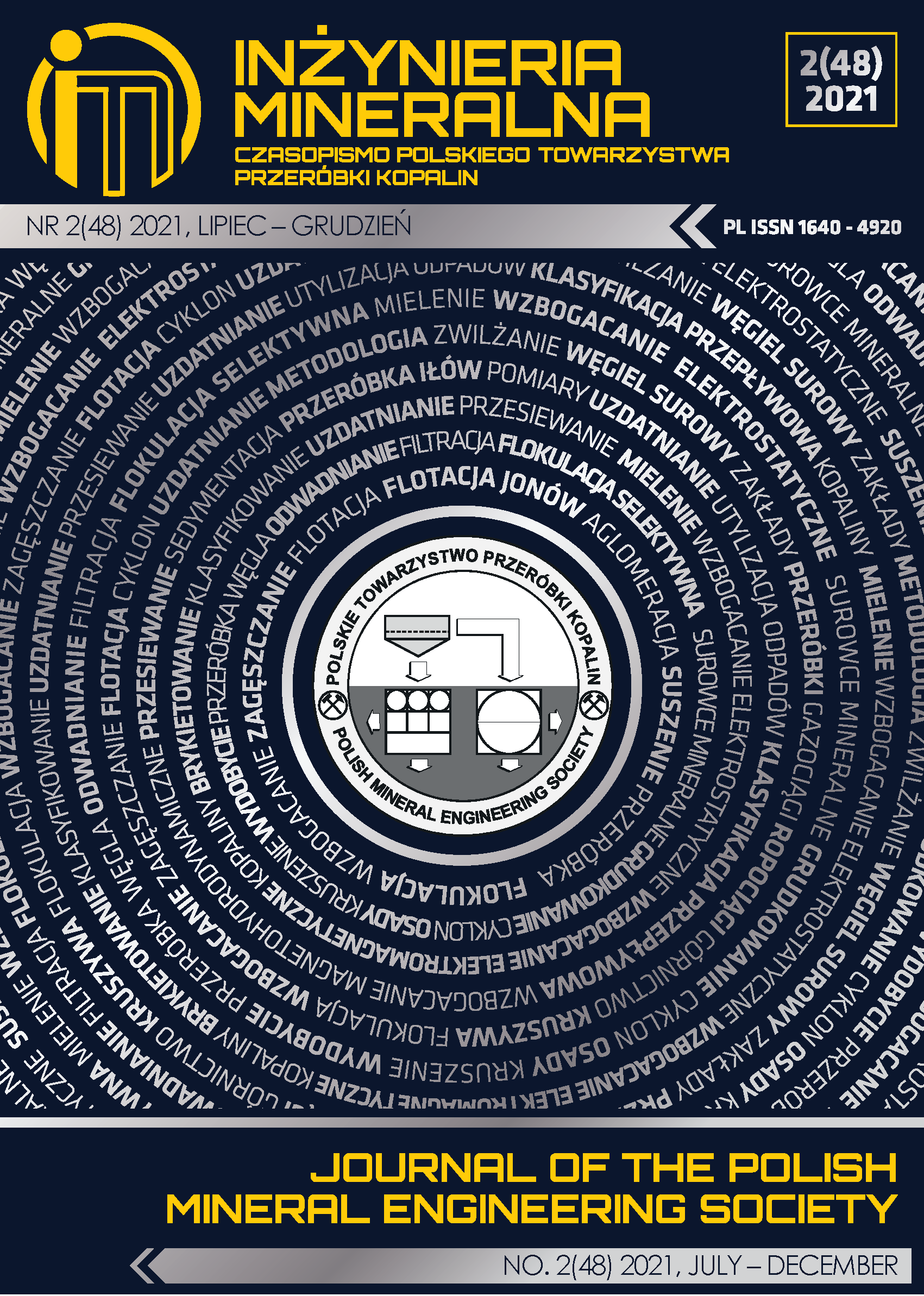Some Effects on the Temperature of the Mine Air at the Heading Face
Abstrakt
Currently, with the increase in mining output leading to deeper mining levels, the volume of
heading face serving production has also increased. The thermal environment tends to worsen when
digging deep due to the geothermal's effect, which increases the air temperature at the heading face.
According to QCVN01/2011-BCT, the temperature at the heading face is not allowed to exceed 300C. To
ensure this, in Vietnam today, mainly forced ventilation method uses local fans to provide a clean amount
of air to ensure a favorable environment for workers. With the forced ventilation method, the duct position
is usually arranged on the side, and the distance from the duct mouth to the heading face is determined to
ensure that l < 6√s. In this study, a numerical simulation method by Ansys CFX software is applied to
study the influence of several factors such as duct position, air temperature of duct, and roughness
characteristics of roadway on the temperature of the mine air at the heading face. The models are set up
with six duct positions and four air temperature of duct parameters. Model 1 (y =1.1 m) is better than
models 2 to 6 in terms of temperature distribution and the lowest temperature values. Four models have
different wind temperatures, and we can see the significant influence of the inlet air temperature of the
duct on the thermal environment of the heading face. The results show that with the model T = 297.15K,
the temperature value on the roadway length is guaranteed as specified < 303K. The result is a reference
for determining the duct position and cool for the high-temperature heading face.
Copyright (c) 2021 Van Quang NGUYEN ,Van Thinh NGUYEN ,Cao Khai NGUYEN ,Van Chung PHAM

Utwór dostępny jest na licencji Creative Commons Uznanie autorstwa – Na tych samych warunkach 4.0 Miedzynarodowe.
Czasopismo pozostawia część majątkową praw autorskich autorowi.
Czasopismo zezwala autorom i zachęca ich do zamieszczania swoich artykułów na prywatnych stronach internetowych oraz w instytucjonalnych repozytoriach. Dotyczy to zarówno wersji przed opublikowaniem, jak i wersji po publikacji. Udostępniając swoje artykuły są zobowiązani do zamieszczenia szczegółowych informacji bibliograficznych, w szczególności (o ile to tylko możliwe) podania tytułu tego czasopisma.







.png)
